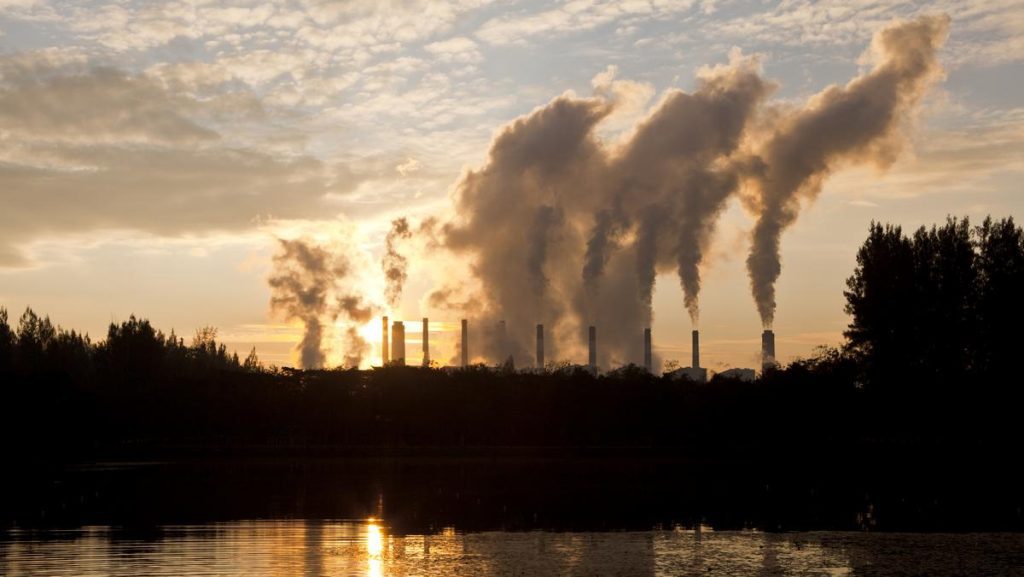Some of the many ecosystem services provided by soil are the cycling of nutrients and the exchange of air and water. In these cycles, water fluxes are vital in cycling nutrients through the soil-plant-atmosphere pathway and are important in moving nutrients and other particles from the soil to surrounding water bodies.
Rainfall can be captured by soil, stored momentarily, and then released to plants and soil organisms. Water-soluble compounds are filtered out by soil, and water is then released into the ground or into the atmosphere.

Sedimentation, Erosion, and Runoff
A properly maintained soil will absorb rainwater effectively. However, if the soil is not properly managed, water may run off the surface, taking soil particles with it, and infiltration will be greatly reduced.
Soil erosion, also known as soil depletion, has been a major factor in soil degradation throughout North Carolina for a long time. This eroded soil then enters surface waters, where it causes pollution and other problems. When water carrying eroded soil particles slows for long enough, the soil particles settle out, a process known as sedimentation.
The longer a particle remains suspended, the smaller it must be. Gravel and sand, which are both larger and heavier than clay, settle to the bottom first. Long-term suspension of clay can significantly increase water turbidity.
Agriculture and forestry practices, bank erosion in streams, construction and mining all contribute to sedimentation. In terms of sheer volume, sediment is North Carolina’s worst water pollutant. Physical, chemical, and biological water quality are all compromised. Financial and ecological costs associated with sediment damage are high.
Fish spawning areas are ruined, reservoir capacity is diminished, streams become impassable, and municipal water supplies must undergo expensive filtration due to sedimentation. Ecosystems in streams can be drastically altered when suspended sediment kills aquatic plants.
It may take years before we see the full effects and costs of sediment’s damage to the environment. Sedimentation that occurs away from the original site can have far-reaching effects, both on the people directly impacted and on those who are left to deal with the aftermath.
Organic materials, animal or industrial waste, nutrients, and toxins are common cargo for sediment. Phosphorus is the worst offending nutrient in this respect. Algae blooms can be sparked by introducing large amounts of phosphorus into freshwater ecosystems, which are already prone to nutrient deficiency.
Upon death, algae provide a food source for microorganisms in the aquatic system that decompose the algae. Microbes use up a lot of oxygen in the process as well.
A fish kill may occur if the oxygen level is already low and then further decreased by the decomposition process. The phosphorus in fertilisers, organic matter, and animal manure are just a few of the potential sources.
Phosphorus is typically immobile in soils and tends to accumulate in the easily eroded upper soil profile. Runoff sediment likely contains phosphorus because of this.
Pesticides, such as herbicides and insecticides, may be transported in sediment and pose a threat to aquatic life. Potential harm to water quality is based on the chemical properties of pesticides, such as their solubility, toxicity, and chemical breakdown rate.
✓ Servicing Raleigh, North Carolina
✓ Get a quote now, call (888) 429-1066
✓ Customer friendly service
✓ Fast delivery and pickup
✓ Satisfaction guaranteed
